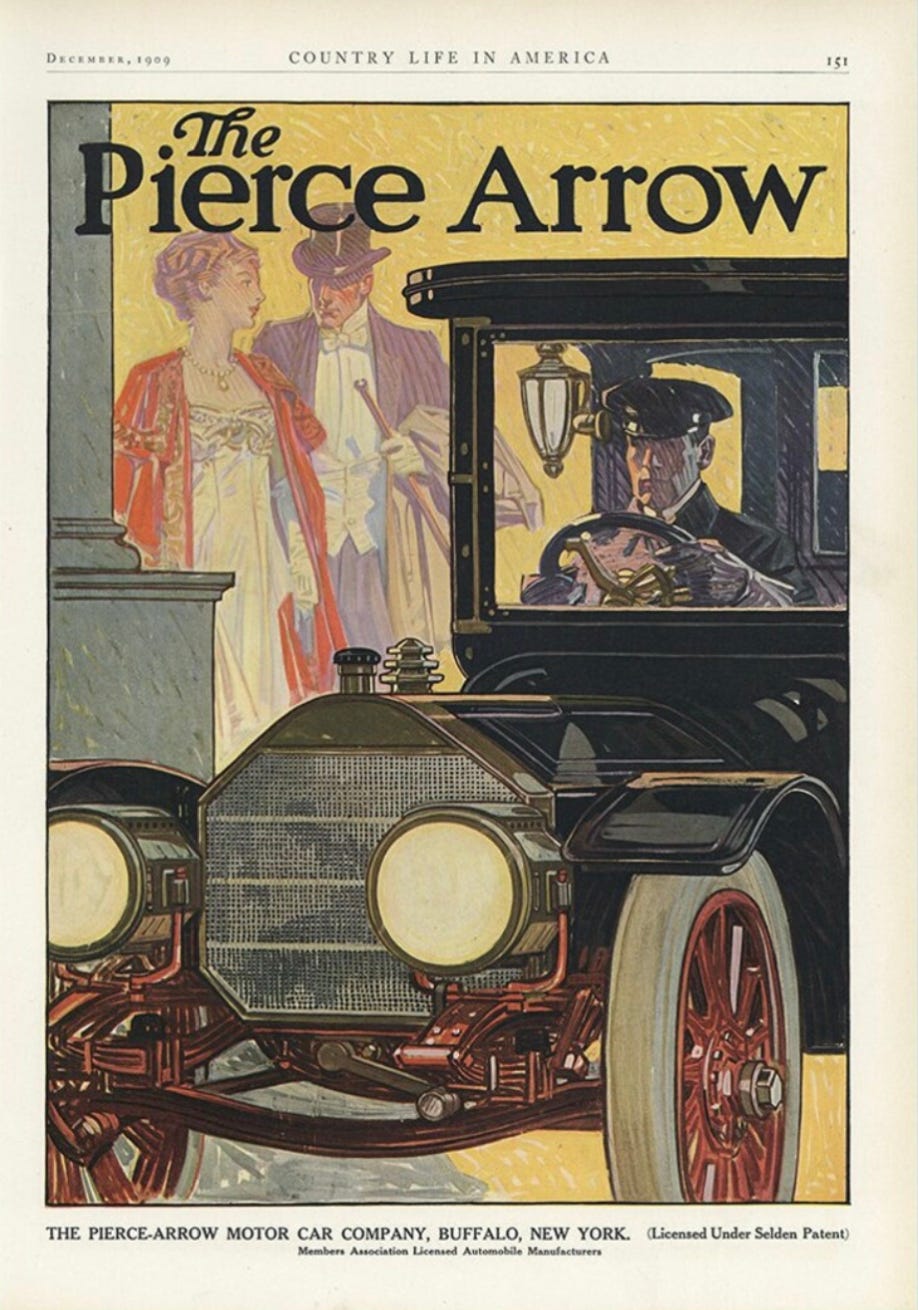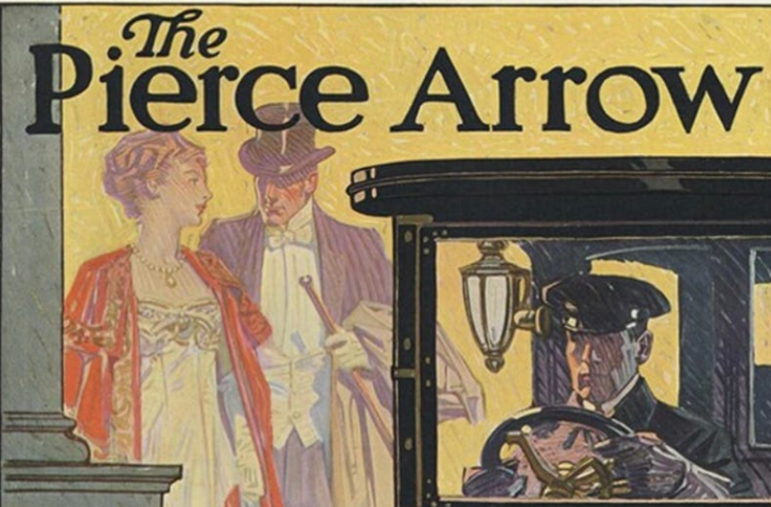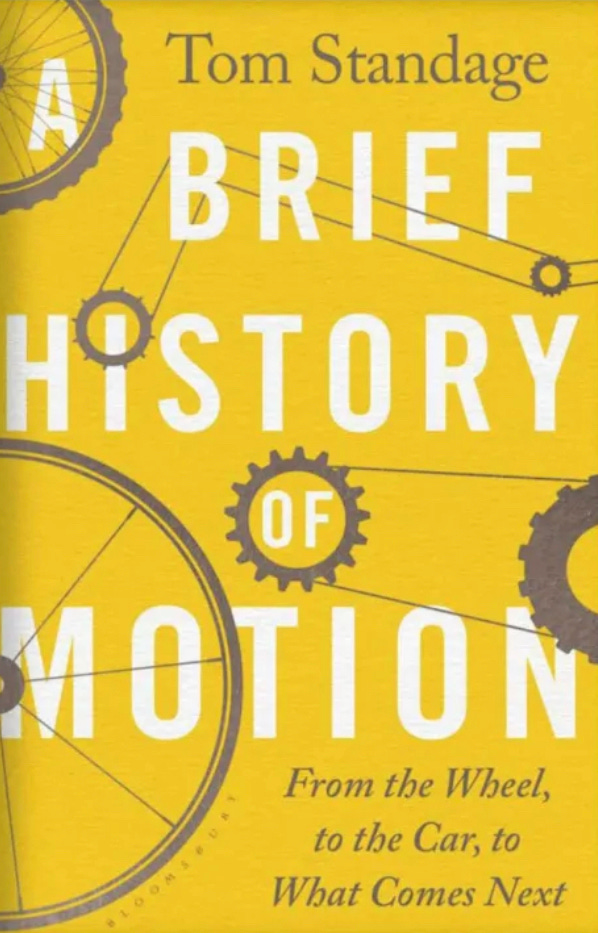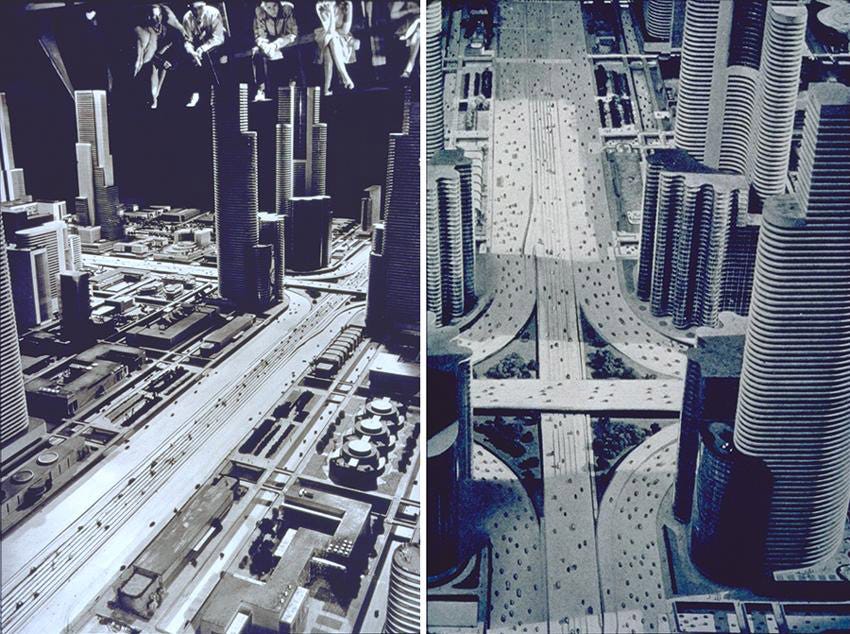A review of Tom Standage’s book A Brief History of Motion.
Although Tom Standage’s book is billed as A Brief History of Motion, it is really about the long century of the car. Standage dates this from 1894, when the French newspaper Le Petit Journal its first automobile race, from Paris to Rouen, and six years after Bertha Benz had climbed into her three wheeled Motorwagen with her teenaged sons and driven to see her mother, who lived sixty five miles (105 km) away.
I picked up Standage’s book in the library because I had enjoyed other of his books, notably The Victorian Internet, about the invention and use of the telegraph in the 19th century.
The book proceeds partly chronologically and partly thematically. Looking across the chapters, a few things jump out. The first is the amount of conflict around the car. The second is the extent to which car companies shaped regulation and policy in their favour. The third is the way that they used what would be now called ‘cultural imaginaries’ to shape ideas about desirable (car-based) futures. The fourth is that almost all of the recent innovations about the car have longer histories that is usually understood. And fifth, the role of lock-in and path dependency is critical, and hard to unwind.
Conflict
In 1900, there were around 8,000 cars on each side of the Atlantic. By 1908, these costs between $80,000 and $200,000 in current prices, but running costs were also high. Driving a car was a messy business and having a chauffeur certainly helped. In the US farmers would dig ditches to stop people driving through their area. The most famous early motorist in English literature is a reckless aristocrat, Toad of Toad Hall.

(A chauffeur helps. Pierce-Arrow advertising, 1910s. Via Etsy)
In other words, there’s a strong element of class conflict around the car in the 1910s. In 1906 Woodrow Wilson, then running Princeton,
worried that loutish motorists were fanning the flames of resentment towards the rich: “Nothing has spread socialistic feeling in this country more than the use of automobiles” (67).
This antagonism never completely went away. In the 1960s, when the ideological triumph of the car was at its height, Robert Moses’ New York road schemes were described by neighbourhood organisations as
white men’s roads through black men’s houses.
This conflict was reduced by two things. The first was the falling cost of the car, driven initially by Henry Ford, who combined process innovation and materials innovation to drive down production costs. The second was the way in which General Motors, under Alfred Sloan, turned the car into an object of social status, pretty much inventing 20th century consumer capitalism at the same time. It segmented its consumers by income, used annual design updates to encourage people to buy more recent models, and locked its customers into finance deals to pay for them. It almost bankrupted Ford at the same time.
Capturing politicians and regulators
More cars meant more conflict with other road users. In the United States, the car companies manufactured the idea of ‘jaywalking’—to describe pedestrians who crossed roads in an unregulated way—and successfully pushed sanctions against ‘jaywalkers’ into city bylaws. (This part of the story was noted by every review of the book that I saw). Critically, this shifted the responsibility for road safety onto the pedestrian from the motorist.
In Britain, in 1937, a Parliamentary report on road safety took a similar tone:
Propaganda should be employed for the purpose of making those who do not own motor-cars realize how much they owe to motor transport for the supply of their food, for passenger services and so on. There still remains in the public mind a prejudice against motor-cars, born no doubt in the old days when few people owned them (103).
And in Germany in the 1930s, Hitler promoted the car as an engine of growth of the economy, removing regulations and taxes, and abolishing speed limits (which to this day don’t exist on German autobahns).
Being modern
For me, this added a layer of further understanding to the Carlota Perez model of technological and financial innovation. She suggests that long technology surges, long S-curves which take 50-60 years, fall into two parts. There is an installation phase, funded by finance capital, and a deployment stage, funded by production capital, separated by a financial crash.
She doesn’t really discuss regulation, but in my work with her model, I have noticed that regulation to manage the external costs of a technology surge tends to arrive only in the fourth and final quadrant of the S-curve.

But it’s clear from the car story that there is a period in the second and third quadrants of the S-curve, when the technology is associated with the idea of ‘being modern’, when politicians and regulators align regulation for the benefit of the companies that are promoting the new technologies. We saw something similar with the ICT/digital surge, when regulators for a while went out of their way to make life easier for Big Tech, although now that surge is reaching its end regulators have become more focussed on reducing external costs.
And I’m just making this point here because the usual story about technological surges and regulation is that somehow politicians ‘get in the way of change’. That’s not right. They help it along.
Positive futures
Images of the future with cars at the centre of them transformed the public discourse. The 1939 World’s Fair was a decisive moment in this. Its Futurama exhibit, sponsored by General Motors, showed a vision of a future city built around the car, which combined tightly zoned urban districts and car-dependent suburbs. The shadow of Le Corbusier’s 1920s design for the Radiant City—which separated cars and people—falls across these auto-utopian designs:
(Le Corbusier) declared that “streets are an obsolete notion” and that “normal biological speeds must never be forced into contact with the high speeds of modern vehicles.” (118)
The practice was less ideal.
The urban planner Robert Moses had been a prime mover behind the World’s Fair, and he set about building car-only ‘parkways’ across New York. (‘Parkways’—even the name.)
In the UK, the same imagined future, of urban motorways taking cars quickly in and out of city centres, also gripped the planners’ imagination. These projects were started in every large city during the 1960s, before being abandoned in the face of local opposition and changing values after some initial roads were built.
Long histories
Some of the contemporary futures of the car that we are offered have longer histories than we like to imagine. Uber’s model of using, effectively, private vehicles as hire cars, was foreshadowed by the jitneys that operated in their thousands in American cities in the 1910s. Eventually they were licensed out of existence. A similar idea emerged in Mongomery during the bus boycott in 1956, when car pooling helped black people get to work. This time, the courts shut them down.
Standage also notes that the idea of autonomous vehicles also has a long history. The roads in the 1939 Futurama exhibition were ‘magic motorways’ on which cars drove themselves. Its designer, Norman Bel Geddes, was sceptical about humans’ competence as drivers:
“Human nature itself, unaided, does not make for efficient driving”, he argued. “Human beings, even when at the wheel, are prone to talk, wave to their friends, make love, day dream, listen to the radio, stare at striking billboards, light cigarettes, take chances.” (184)
Driverless cars
The modern evolution of the driverless car has striking similarities to the early days of the car itself. The blueprint for the early DARPA-sponsored competitions for the vehicles could have been lifted directly from Le Petit Journal’s Paris-Rouen race.
The very early technical improvements were rapid in both cases. But he notes that the AV prototypes are “stuck in perpetual testing”, while many of the predictions about autonomous vehicles also seem ‘eerily familiar’ to those made about early cars, which should of itself invite scepticism:
Automobiles were expected to be safer than horse-drawn vehicles because unlike horses they cold not bolt, kick people, or be scared by sudden noises. But because of the greater numbers and higher speeds, cars proved to be far more deadly… Similarly, cars were expected to reduce traffic congestion because they would take up less space on the road than horse-drawn vehicles. Again, the opposite proved to be the case. The lesson of the twentieth century is that when more road capacity is added to ease congestion, it encourages more car journeys. (198-199)
He quotes a San Francisco research project from 2017 that simulated the benefits of having a driverless car. It found that participants took more than half as many additional trips, and those trips were also longer.
Roads not taken
Every story of a successful technology is also a story of technological lock-in. In telling his story about ‘jaywalking’ and pedestrian management, Standage also refers to the alternative path, in which conflicts over road use are instead resolved by reducing the impact of cars on pedestrians.
The road not taken here leads to Scandinavia and to Vision Zero. Both Helsinki and Oslo reported zero pedestrian road deaths in 2019; no children died in Norway in traffic collisions in the same year. The recipe includes lower speed limits, wider pavements, protected bike lanes, car free zones, and effective forms of road pricing:
Officials in Oslo talk of cars being treated as “guests” or “visitor, rather than owning the streets.” Cars are not banned entirely, but drivers crawling through the city center are made to feel like interlopers. (106)
A similar lock-in happened around petrol. The early electric cars were clean, reliable, and mechanically simple, and looked promising, but battery technology didn’t improve enough to make it work. The first Ford Model-T was a “fuel flex vehicle” that could go on either ethanol or petrol. Ethanol had been widely used as a lighting fuel, so there was a distribution network for it. But the US tax regime wasn’t kind to it, and new oil finds pushed the price of petrol down.
Unintended consequences
Of course, all technologies reverse into the thing they are trying to escape from. This is probably a theme of the book. Standage opens with an epigraph from Melvin Kranzberg:
Many of our technology-related problems arise because of the unforeseen consequences when apparently benign technologies are employed on a massive scale. (ix)
Standage himself draws three lessons from his book. The first is that it would be a mistake to replace one transport monoculture with another, as we did when we switched from horses to cars. The second is, channelling Kranzberg, that all technologies have unexpected effects:
The ways in which cars would transform aspects of everyday life, from mass production to dating to fast food to shopping malls, was entirely unanticipated. (214)
The third is that among those unintended consequences, the most damaging is the exhaust. At scale, horse manure had terrible effects on public health. The emissions from cars are bad for the health of people and planet.
Standage says, optimistically, that it’s almost as if we’re back at 1895 again, with the chance to make better choices for our cities. But the car, and its infrastructures and its business models, are now so locked in that it’s not as easy as that. We’re all stuck in the world that Alfred Sloan and Norman Bel Geddes created in the 1920s and the 1930s, whether we like it or not.
——
A version of this article was also published on my Just Two Things Newsletter.








